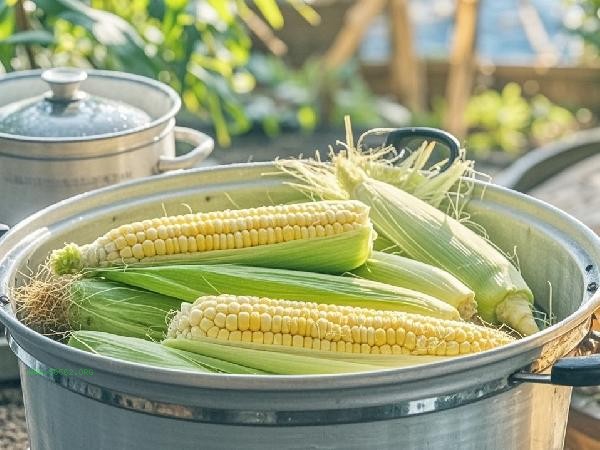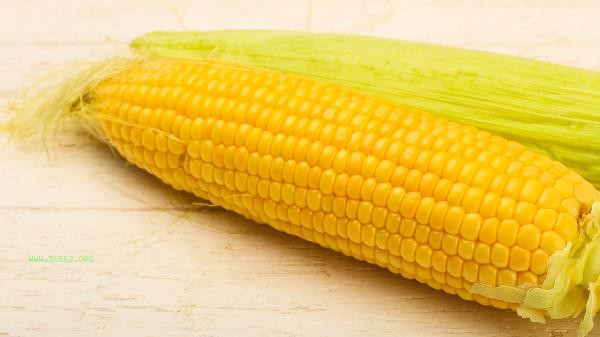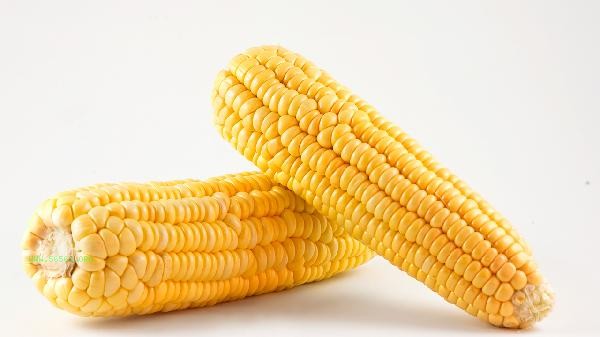The lack of sweetness in corn does not necessarily mean it is bad, it may be caused by differences in variety, insufficient maturity, or improper storage. Common reasons for the lack of sweetness include natural low sugar varieties, premature harvesting, prolonged refrigeration time, water loss, and improper cooking methods. The sweetness of corn mainly comes from its sucrose and reducing sugars, and the sugar content varies greatly among different varieties. After years of breeding, sweet corn has a significantly higher sugar content than ordinary corn, while glutinous corn or old varieties of corn have lower sweetness. If you choose non sweet corn varieties when purchasing, even if they are fresh, the taste will be slightly weak. Some farmers will harvest immature corn in advance to extend its shelf life, during which starch is not fully converted into sugar and the sweetness is naturally insufficient.

Corn will gradually convert sugars into starch after harvesting, and refrigeration can delay this process but cannot completely prevent it. If the storage temperature is too high or the time exceeds one week, the sweetness will significantly decrease. Long term exposure to air or repeated thawing and freezing can also cause water evaporation and a relative decrease in sugar concentration. Excessive boiling during cooking may damage the sugar structure. It is recommended to steam or boil for a short period of time to preserve the flavor. Truly spoiled corn will be accompanied by a sour and moldy taste, mold spots, or a sticky texture, without any sweet taste and does not need to be discarded.

When purchasing corn in daily life, you can observe the fullness of the particles and the state of the roots. Fresh corn roots are moist and have a refreshing fragrance. It is recommended to keep the outer leaves and wrap them with plastic wrap during storage, and refrigerate for no more than 3 days. Soak briefly in cold water before cooking to enhance the taste, and pair with a small amount of salt or butter to highlight the natural sweetness. If the corn has odor, discoloration or mildew, it is not edible. diabetes patients can choose low sugar varieties to control blood sugar fluctuations.









Comments (0)
Leave a Comment
No comments yet
Be the first to share your thoughts!